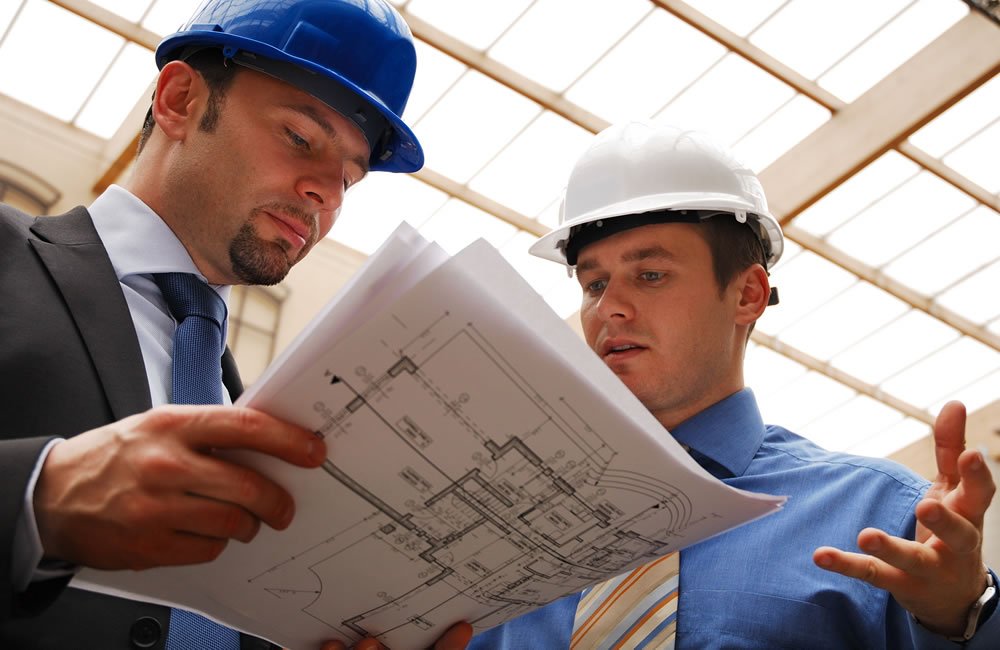Unveiling the Position of Property Developers in Shaping Urban Landscapes
Unveiling the Position of Property Developers in Shaping Urban Landscapes
Blog Article
In today's crowded market of real properties, developers of property are acknowledged as the architects and visionaries of urban landscapes. They design urban landscapes and communities. Through a combination of imagination, financial acumen, and an eye for strategic design, these individuals take on a major role to transform vacant spaces into vibrant communities and old structures into modern marvels. This article explores the diverse world of developers who build properties, examining their obligations, obstacles, and the lasting impact they have on the environment.
The heart of the job of a property developer lies the vision to turn abandoned land or unutilized property into useful assets. They study market trends with care analyze the demands of the community, and design projects that satisfy expectations and demands. These visions often involve collaboration with urban planners, architects and local government officials for ensuring that they are in line with zoning regulations, infrastructure requirements, and environmental considerations. From luxurious condos to mixed-use projects, property developers are adept at conceptualizing and building projects that appeal to a variety of demographics and tastes.
The complex landscape of development in real estate has its own set of challenges. Instabilities in markets, hurdles to regulation as well as community resistance can make even the most carefully crafted plans off course. In the event of economic turmoil, projects could be delayed and changing preferences for consumers demand continuous adaptation. Moreover, developers must strike a delicate balance between profitability as well as social responsibility. They must also deal to issues related to affordability as well as sustainability and fair accessibility to housing. Faced with these difficulties, successful developers exhibit determination, creativity and an unwavering commitment to their vision.
When it comes to finance, property developers are akin to orchestrators who conduct a symphony of investments to fund their ambitious endeavors. In order to secure capital, they must make use of a combination of debt, equity and, sometimes, incentives offered by government. Developers must convince investors of the potential benefits and viability of their initiatives, while also balancing risks and rewards. The ability to manage finances is essential, as successful developers must manage cash flows, mitigate risk, and adjust to market fluctuations to ensure project viability. To find added details kindly check out Akisama
Since the past few years, the development of technology has changed the property development industry which has brought about a new age of digital innovation as well as smart city. Through virtual reality-based simulations, to predictive analytics, developers utilize advanced tools that can streamline the design process, improve decision-making, and optimize resource allocation. Additionally, sustainability has emerged as an essential requirement, leading developers to incorporate green building practices, renewable energy sources, and sustainable methods of design into their designs. Through harnessing the power of technology and adopting sustainability, developers are not just able to reduce their environmental footprint as well as secure their investments against the changing demands of market trends as well as requirements of regulatory authorities.
The viability of development projects is not just dependent on the viability of their financials, but also on the acceptance of society and engagement. Participation of stakeholders, open communication, and corporate social responsibility programs constitute a key element of responsible development methods. Participating with citizens, NGOs, and advocacy groups builds confidence, promotes inclusion, and helps ensure that projects coincide with the wider interests of society. Furthermore, the inclusion of elements of placemaking such as the public art installation, leisure spaces, and cultural amenities adds to the fabric of communities and creates a sense belonging among residents.